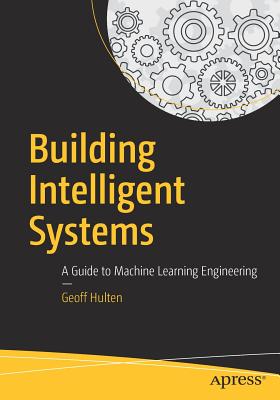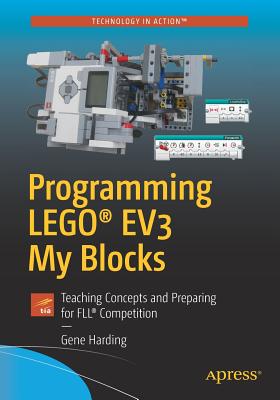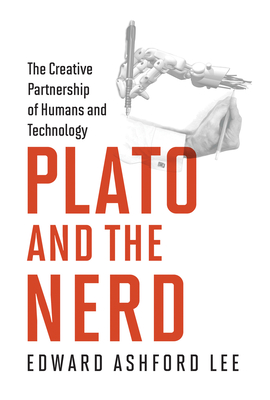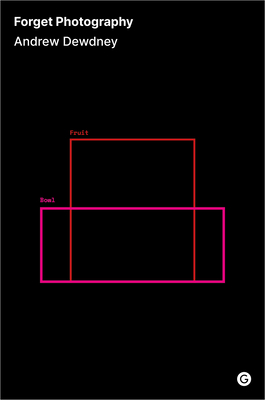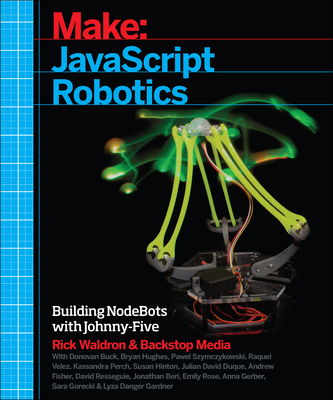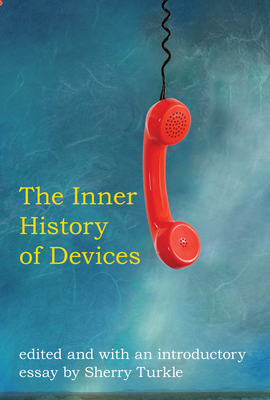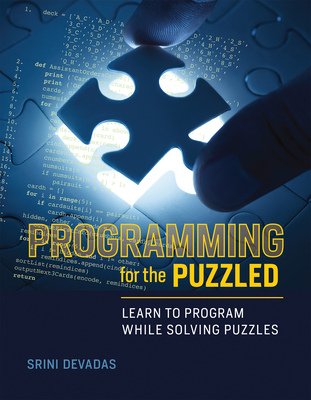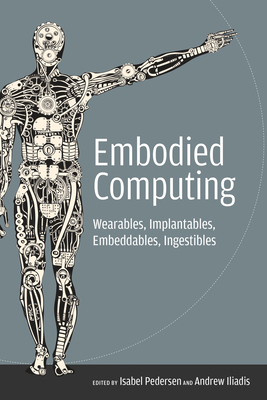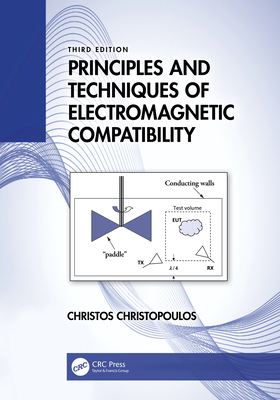
Principles and Techniques of Electromagnetic Compatibility (Electronic Engineering Systems)
Description
This book provides a sound grasp of the fundamental concepts, applications, and practice of EMC. Developments in recent years have resulted in further increases in electrical component density, wider penetration of wireless technologies, and a significant increase in complexity of electrical and electronic equipment. New materials, which can be customized to meet EMC needs, have been introduced. Considerable progress has been made in developing numerical tools for complete system EMC simulation. EMC is now a central consideration in all industrial sectors. Maintaining the holistic approach of the previous edition of Principles and Techniques of Electromagnetic Compatibility, the Third Edition updates coverage of EMC to reflects recent important developments.
What is new in the Third Edition?
- A comprehensive treatment of new materials (meta- and nano-) and their impact on EMC
Numerical modelling of complex systems and complexity reduction methods
Impact of wireless technologies and the Internet of Things (IoT) on EMC
Testing in reverberation chambers, and in the time-domain
A comprehensive treatment of the scope and development of stochastic models for EMC
EMC issues encountered in automotive, railway, aerospace, and marine applications
Impact of EMC and Intentional EMI (IEMI) on infrastructure, and risk assessment
In addition to updating material, new references, examples, and appendices were added to offer further support to readers interested in exploring further. As in previous editions, the emphasis is on building a sound theoretical framework, and demonstrating how it can be turned to practical use in challenging applications. The expectation is that this approach will serve EMC engineers through the inevitable future technological shifts and developments.



